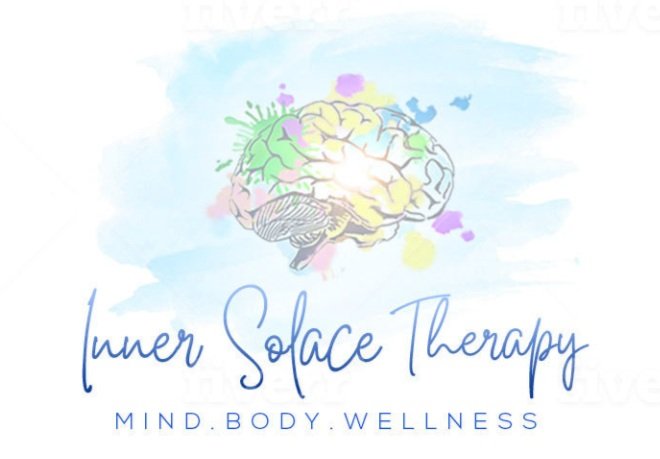Healing the Inner Child: Therapeutic Approaches to Resolving Childhood Trauma in Relationships
Have you ever been in therapy and thought, “Why is my therapist asking about my childhood and my parents? My problem isn’t related to that, it’s related to my life now!” Our childhood experiences lay the groundwork for our emotional responses, shaping how we perceive ourselves, our relationships, and the world around us. This unresolved childhood trauma can manifest in various ways, such as fear of abandonment, low self-esteem, difficulty trusting others, and challenges with emotional regulation. For example, you may be stuck in protection mode and continually push away those trying to get close to you. Through Inner Child work, you can heal those wounded parts of yourself, and feel safe reconnecting with the world again.
What Is Inner Child Work?
Inner child work can involve connecting with your inner child through guided visualization, activities, and dialogue. This approach allows you to nurture and heal the wounded aspects of yourself by being the parent you wished you had growing up. By addressing the pain and unmet needs of your inner child, you can begin to heal past traumas and build a healthier relationship with yourself and others.
What Does Inner Child Work Look Like?
Inner Child Dialogue: This therapeutic technique involves engaging in a compassionate dialogue between your present self and your inner child, often using your dominant and non-dominant hand to give a voice to each self. Through this process, you can offer comfort, validation, and understanding to the wounded aspects of yourself, gradually allowing healing to take place.
Creative Expression: Art, writing, music, and other forms of creative expression can serve as powerful tools for connecting with the inner child. Engaging in these activities can help bypass the thinking mind and tap into deeper emotions and memories that reside within. Like the dialogue, this can often involve using your dominant and non-dominant hand to communicate with different parts of the brain.
Guided Visualization: Guided imagery exercises can transport you back to moments of your childhood, providing an opportunity to reimagine past experiences in a more positive and empowering light. It can help you give your childhood self what you needed in difficult moments.
Practicing Self-Compassion: It’s often much easier to have compassion for our younger selves when we struggle to have compassion for our current self. Practicing self-compassion can help you develop a greater sense of awareness and acceptance of your emotions. Embrace self-compassion as a guiding light throughout your healing process.
How Will This Help My Relationships?
Inner Child Work can help you gain insight into the root causes of patterns affecting your relationships. As you nurture and heal your inner child, you develop a stronger sense of self-worth, self-compassion, and emotional resilience. This newfound self-awareness enables you to communicate more authentically, set healthy boundaries, and approach conflict in a productive way. By tending to your inner child's needs, you are better equipped to connect on a deeper level, share vulnerabilities, and build trust with your loved ones. Ultimately, inner child work paves the way for more meaningful and fulfilling relationships, as you cultivate a foundation of healing, understanding, and authentic connection.
How Can I Get Started With Inner Child Work?
At Inner Solace Therapy, we’re excited to introduce a new program that can help you heal your inner child wounds: Therapy Intensives! These intensives will help you gain rapid progress on your healing journey and gain deep insights through modalities like Inner Child work or EMDR. If you’d like to learn more about our intensives, click the button below.
